Toyota Aygo X is designed for the rough and tumble of the city
Compact, competent and free from any overheated ego, the Toyota Aygo X is the socially acceptable face of the combustion engine

The Toyota Aygo X is exactly the kind of car that EVs are struggling to quash. Whilst SUVs and GTs and all manner of brawny, large vehicles are well suited to the battery-lugging requirements of electric propulsion, small city cars are a far trickier premise.
At 3.7m long, the Aygo X is truly diminutive by modern standards (although as a point of reference, the ‘classic’ original Mini was just over 3m long). Bung in a battery, and the balance between cost, weight, performance and range fails to stack up. Hence the Aygo X sensibly sticks with a combustion engine.
Toyota Aygo X: a compact workhorse
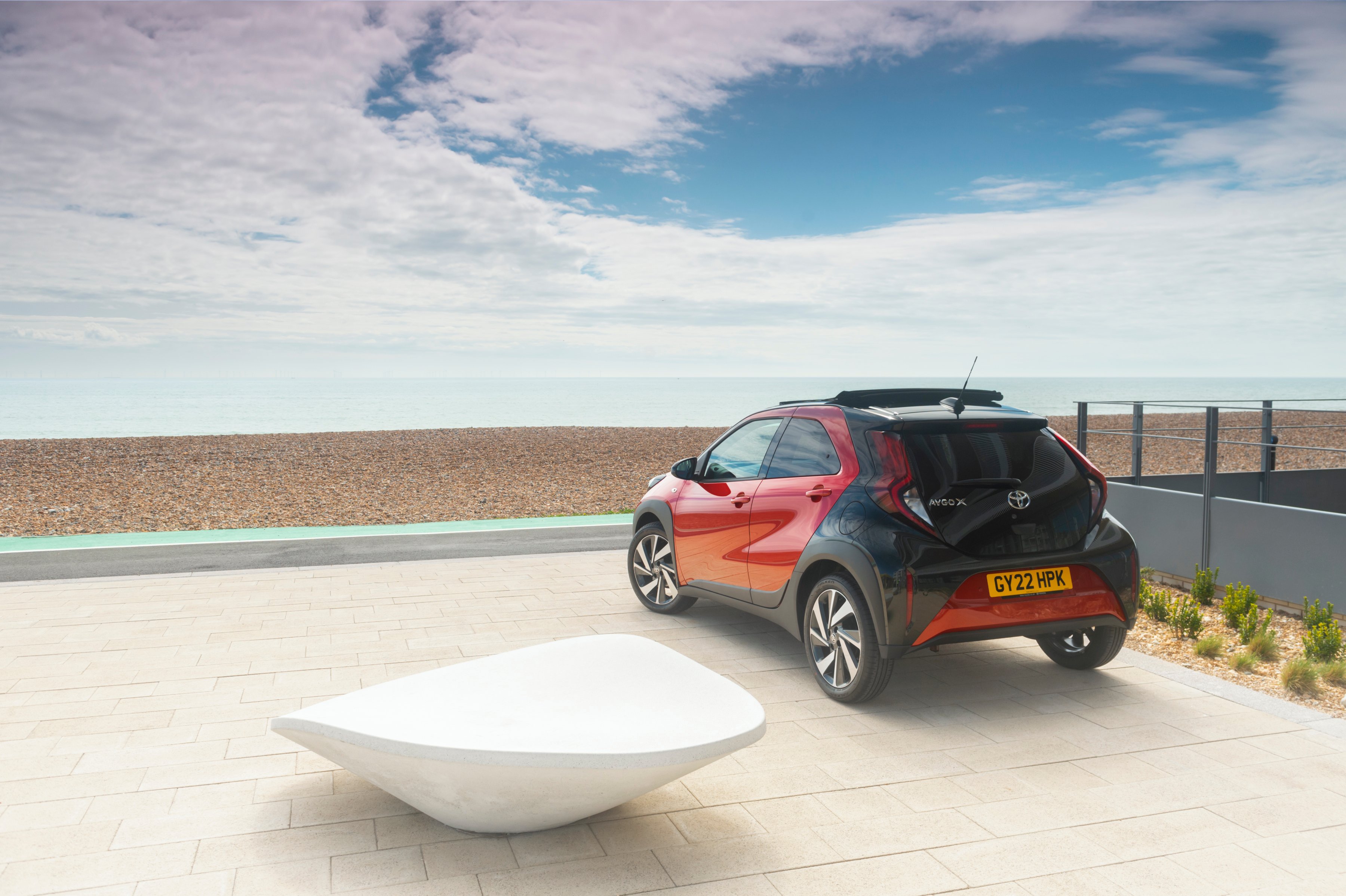
Does that blunt this car’s appeal? Not really. For a start, there are simply no electric equivalents. The similarly sized Volkswagen E-up! has a range of 159 miles (and was recently removed from the market), whilst the excellent Honda e has a range of only 137 miles, yet costs twice the price of the Aygo X. The Mini Electric is similarly attractive but hamstrung by price and range.

But these are city cars, we hear you say, designed for short journeys where a zero-emission vehicle makes the most sense. Unfortunately, range and scale mean that all the above tend to work best as second cars, playing support vehicle to a much larger, long-range machine (be it EV or ICE).
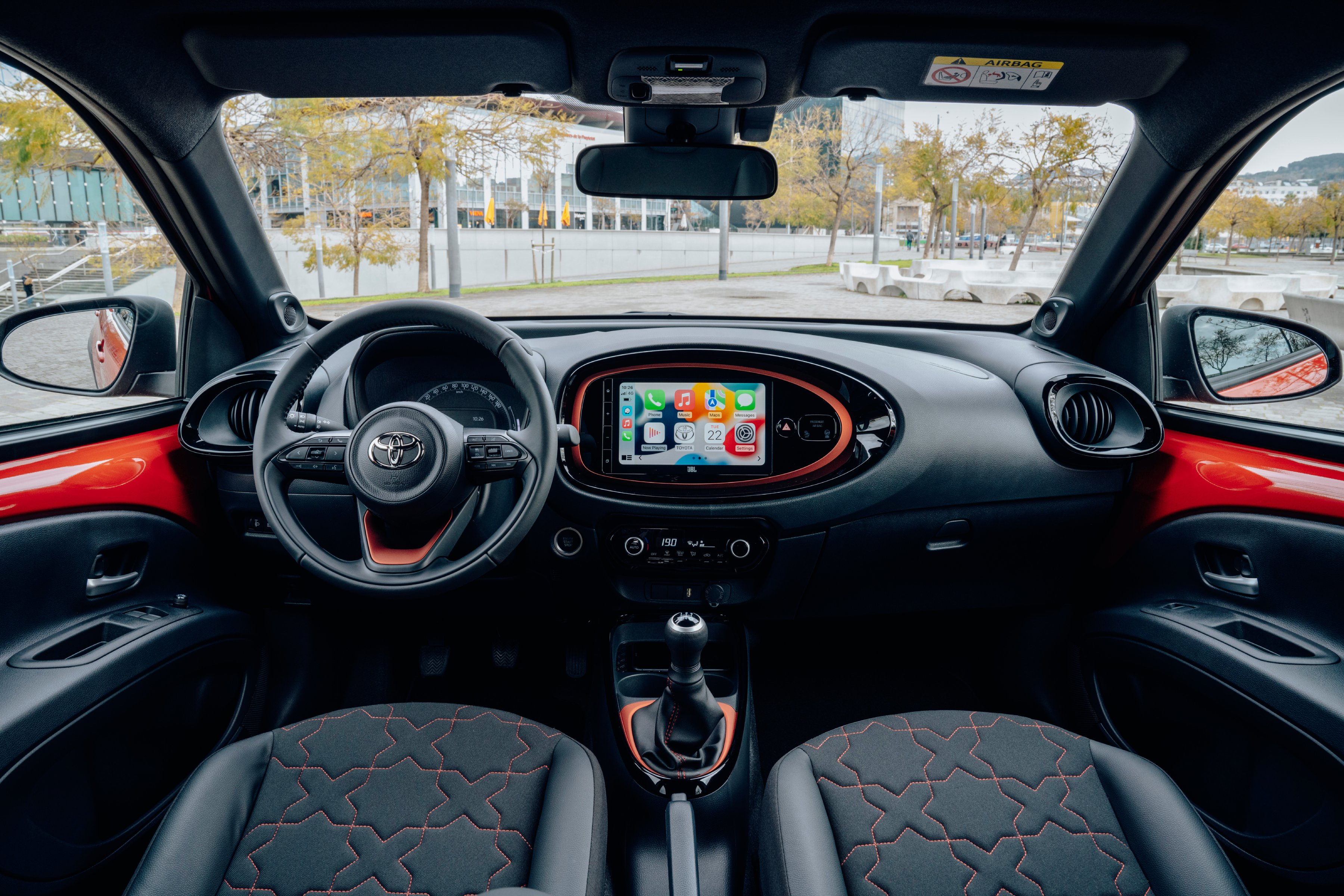
Not so with the Aygo. While it’s hardly a cruiser, the little three-cylinder 1.0 litre engine keeps the light, compact machine apace with traffic, even if no performance records are going to be troubled. The five-speed manual is another throwback, and the ultra-light clutch and steering take a bit of getting used to. Once acclimatised, the Aygo X demonstrates an appealing character, a trusty, compact workhorse that feels nigh-on unbreakable.
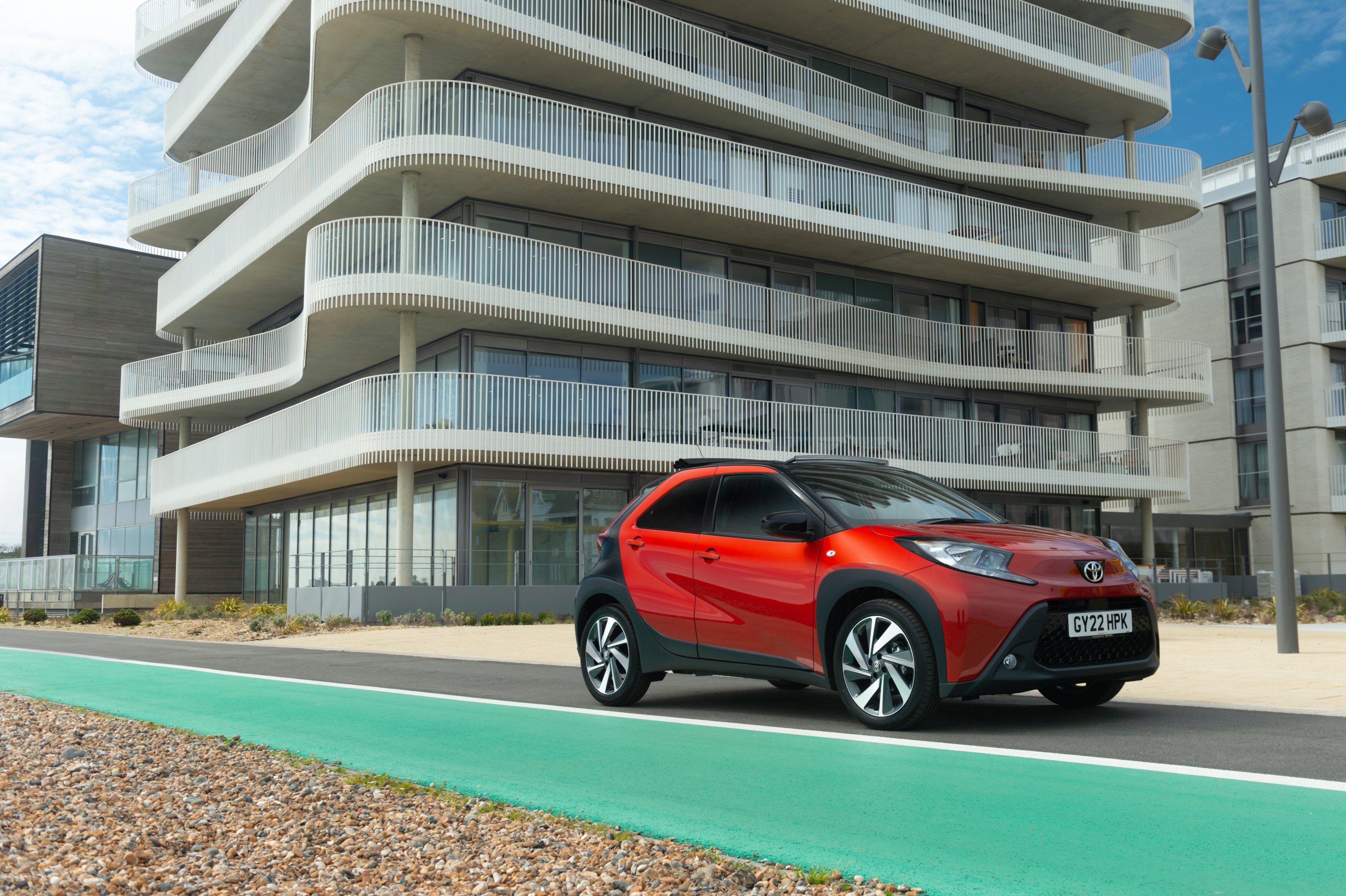
Part of this comes from the ‘SUV-lite’ styling cues that give this Aygo the ‘X’ designation (the original Aygo is no longer made). Although they amount to little more than a slightly raised ride height and chunky plastic trim that gives the impression of two-tone bodywork, it’s effective enough, implying a classless kind of utility.

Space in the back is somewhat tight and the boot will encourage you to pack light. The top of the range model adds in a canvas roof, that timeless signifier of low-rent luxury, but pairs it with an 8in touchscreen and both Apple CarPlay and Android Auto. You even get a reversing camera, somewhat superfluous in this compact machine.
Receive our daily digest of inspiration, escapism and design stories from around the world direct to your inbox.
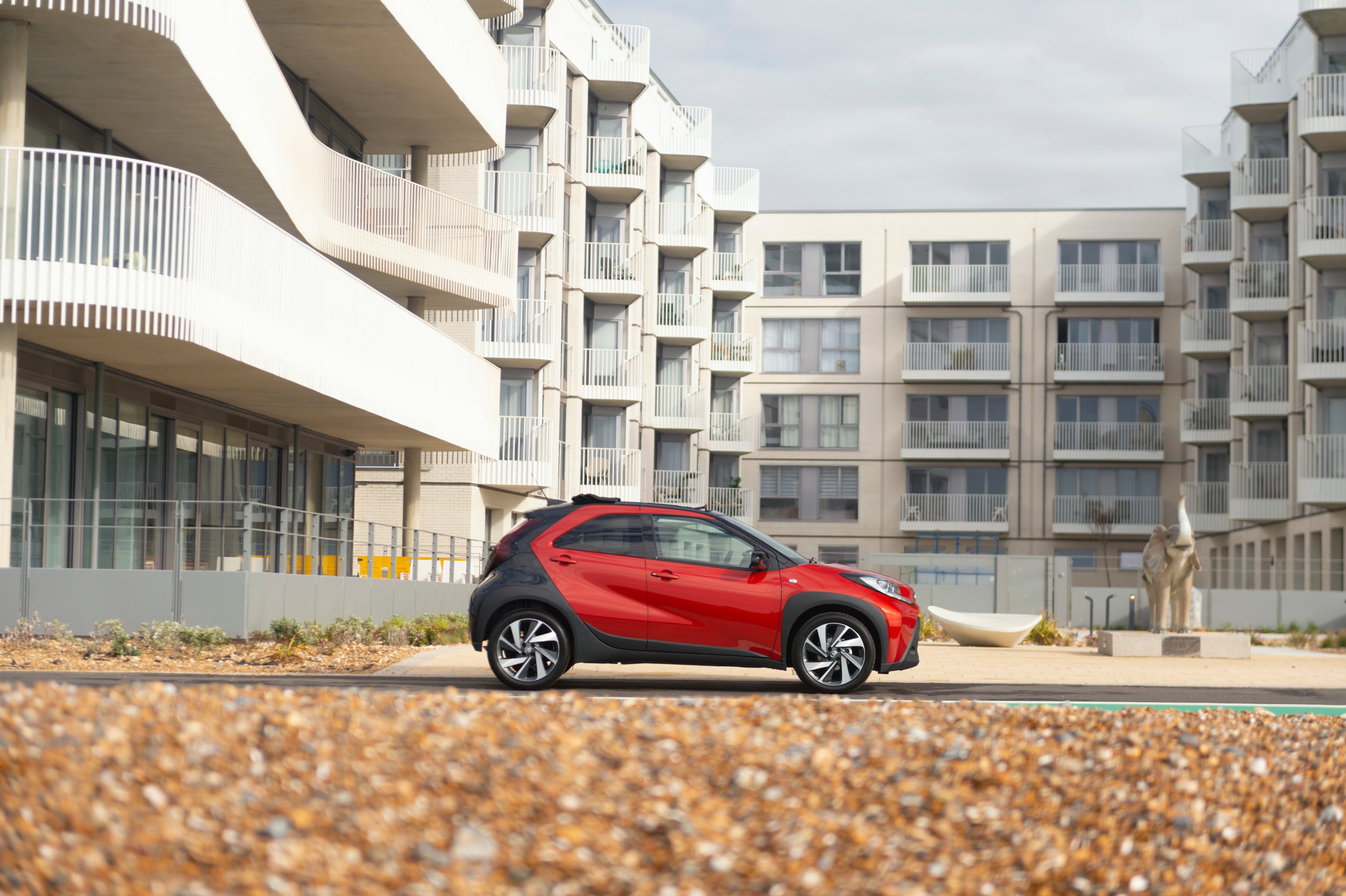
The Aygo X (the X is pronounced ‘cross’) is a modern equivalent of a Citroen 2CV or a Renault 4 or even the long-forgotten Toyota Starlet; a little dash of the unexpected, mixed in with a whole lot of common sense and engineering solidity. This is precisely the kind of car that tomorrow’s EVs need to target.
Toyota Aygo X, from £15,990, Air Edition as tested, from £19,380, Toyota.co.uk
Jonathan Bell has written for Wallpaper* magazine since 1999, covering everything from architecture and transport design to books, tech and graphic design. He is now the magazine’s Transport and Technology Editor. Jonathan has written and edited 15 books, including Concept Car Design, 21st Century House, and The New Modern House. He is also the host of Wallpaper’s first podcast.
-
 Out of office: The Wallpaper* editors’ picks of the week
Out of office: The Wallpaper* editors’ picks of the weekThis week, the design year got underway with Paris’ interiors and furniture fair. Elsewhere, the Wallpaper* editors marked the start of 2026 with good food and better music
-
 Structure meets scent in Clive Christian’s new London flagship by Harry Nuriev
Structure meets scent in Clive Christian’s new London flagship by Harry NurievWhat does architecture smell like? The British perfume house’s Inox fragrance captures the essence of its new Bond Street store
-
 A quartet of sleek new travel trailers accelerate the caravan’s cultural rehabilitation
A quartet of sleek new travel trailers accelerate the caravan’s cultural rehabilitationAirstream, Evotrex, AC Future and Honda put forward their visions for off-grid living and lightweight RV design
-
 You can now buy Toyota’s robotised micro-bus, with more autonomy coming soon
You can now buy Toyota’s robotised micro-bus, with more autonomy coming soonThe Toyota e-Palette is the urban transport of the future, a multifunctional autonomous vehicle designed to cover several roles in the same day
-
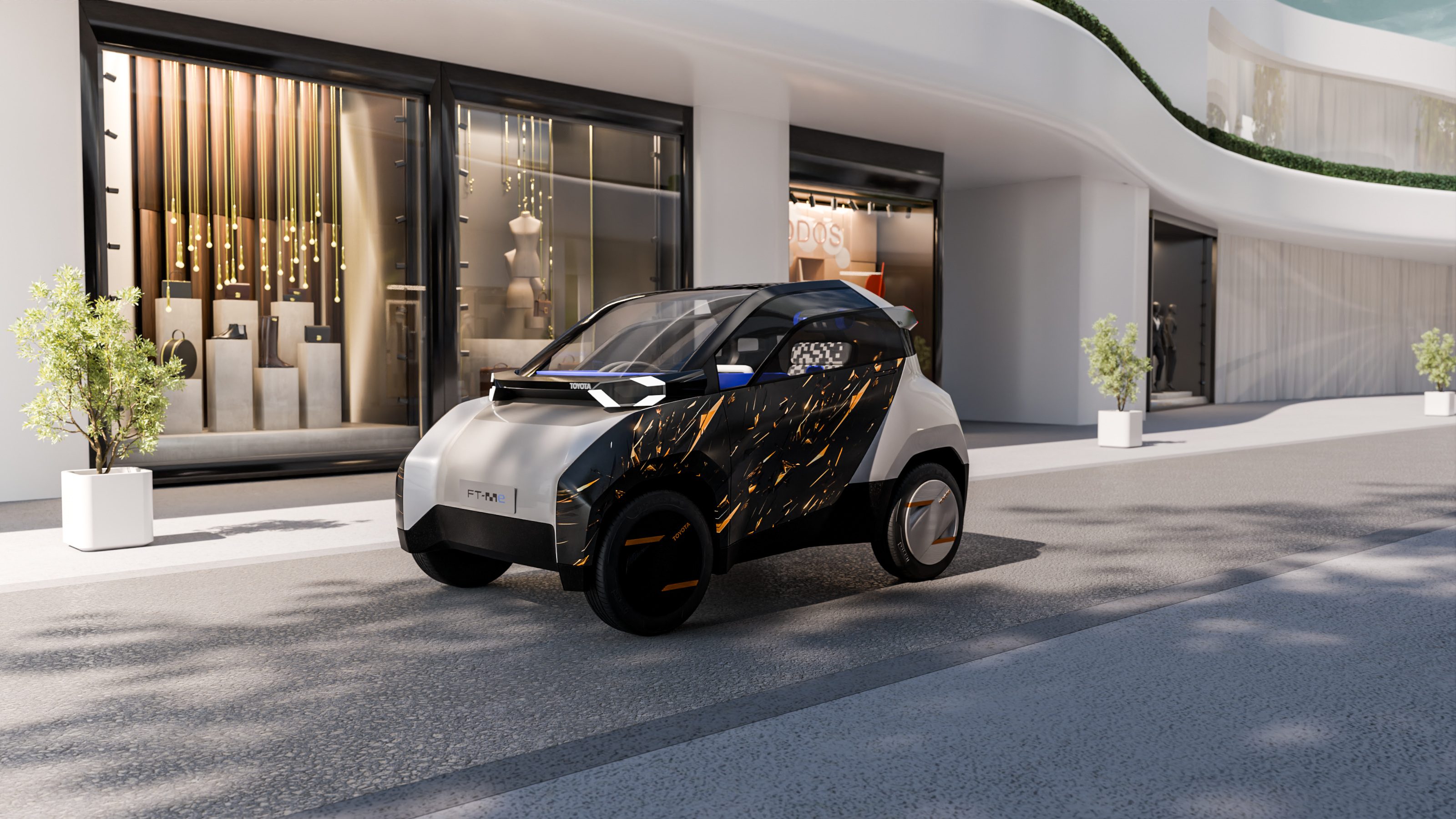 With the FT-Me Concept, Toyota is thinking big about the power of micromobility
With the FT-Me Concept, Toyota is thinking big about the power of micromobilityWe talk ultra-compact city cars with the head of New Mobility at Toyota Motor Europe
-
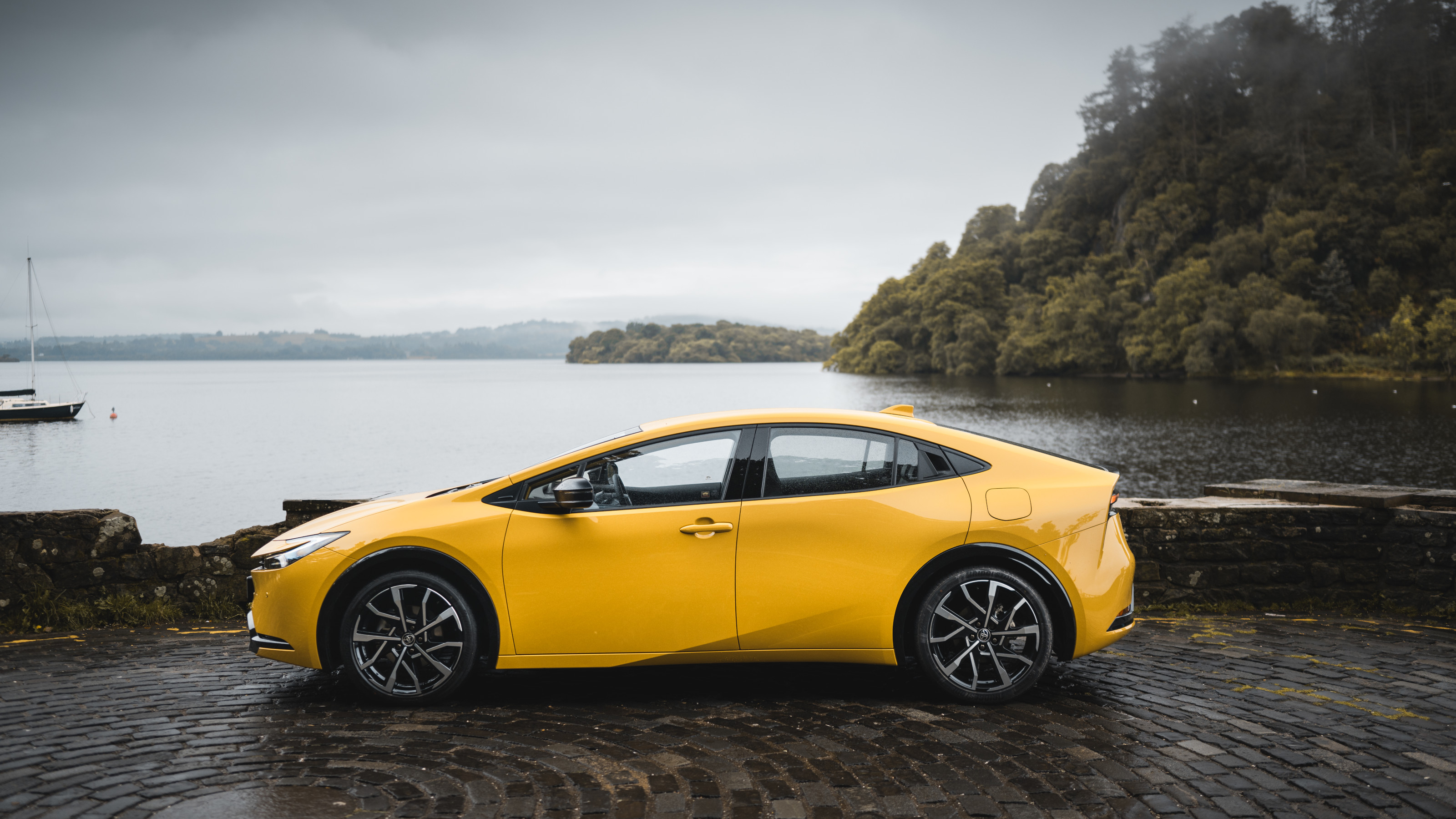 Why the Toyota Prius is the stealthiest and most discreet automotive choice you can make
Why the Toyota Prius is the stealthiest and most discreet automotive choice you can makeThe billions that Toyota poured into hybrid development has paid off. We sample the stylish fifth-generation Prius and reckon it’s the best yet
-
 Quirky but quotidian, Toyota’s C-HR has brave looks but is a risk-free proposition
Quirky but quotidian, Toyota’s C-HR has brave looks but is a risk-free propositionToyota’s oddball C-HR might have concept car looks, but it’s still a rigorously engineered machine for those who like their cars to be solid, safe and reliable
-
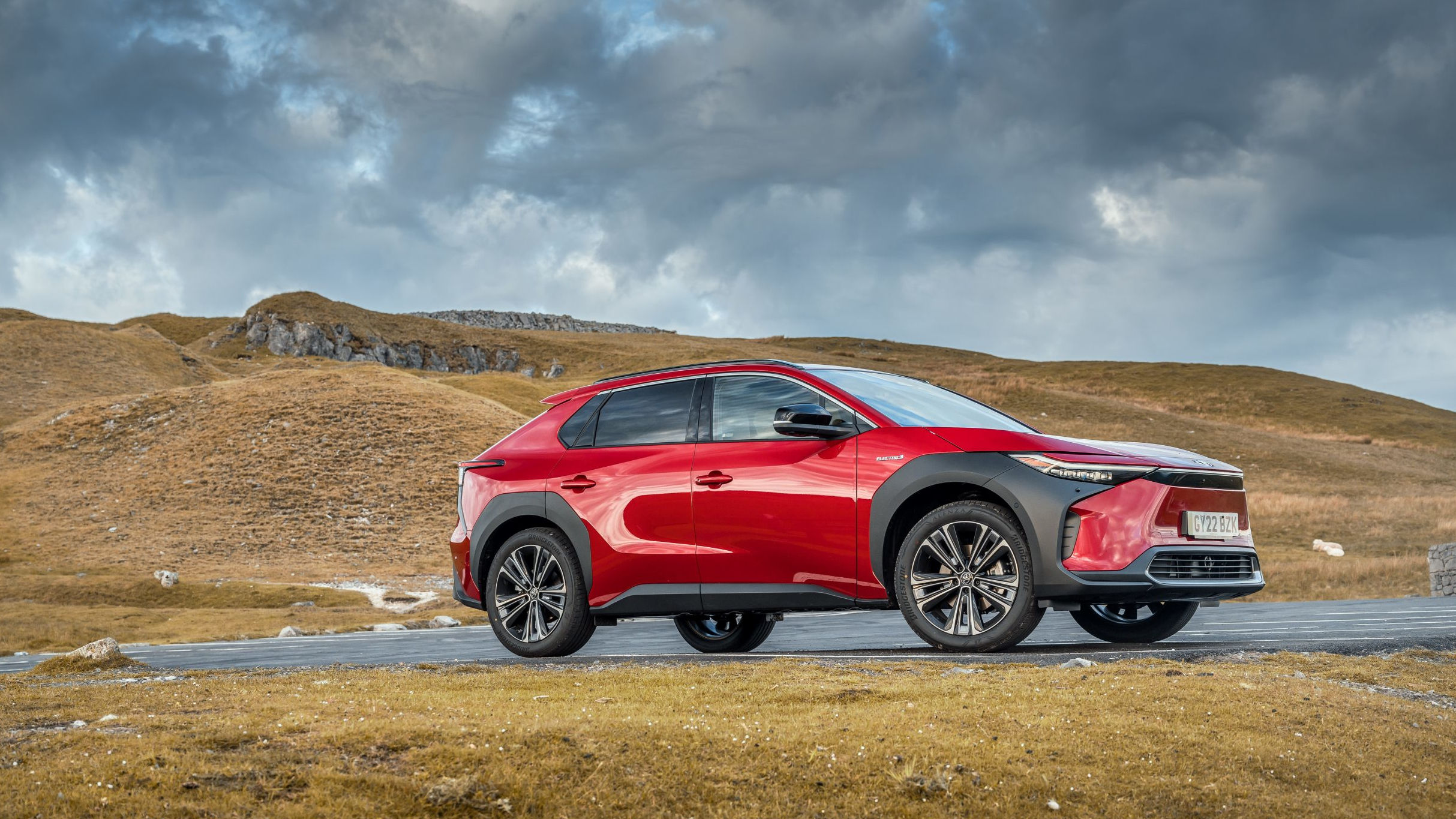 Toyota bz4X SUV is the marque’s first pure electric vehicle
Toyota bz4X SUV is the marque’s first pure electric vehicleThe Toyota bz4X is our first chance to explore how the long-standing masters of mass automobile production make an EV
-
 ICON celebrates 500 custom Land Cruisers with epic 1964 New School Edition
ICON celebrates 500 custom Land Cruisers with epic 1964 New School EditionLos Angeles-based ICON transforms classic off-roaders into paragons of contemporary style and performance. This is the 500th Land Cruiser the workshop has completed
-
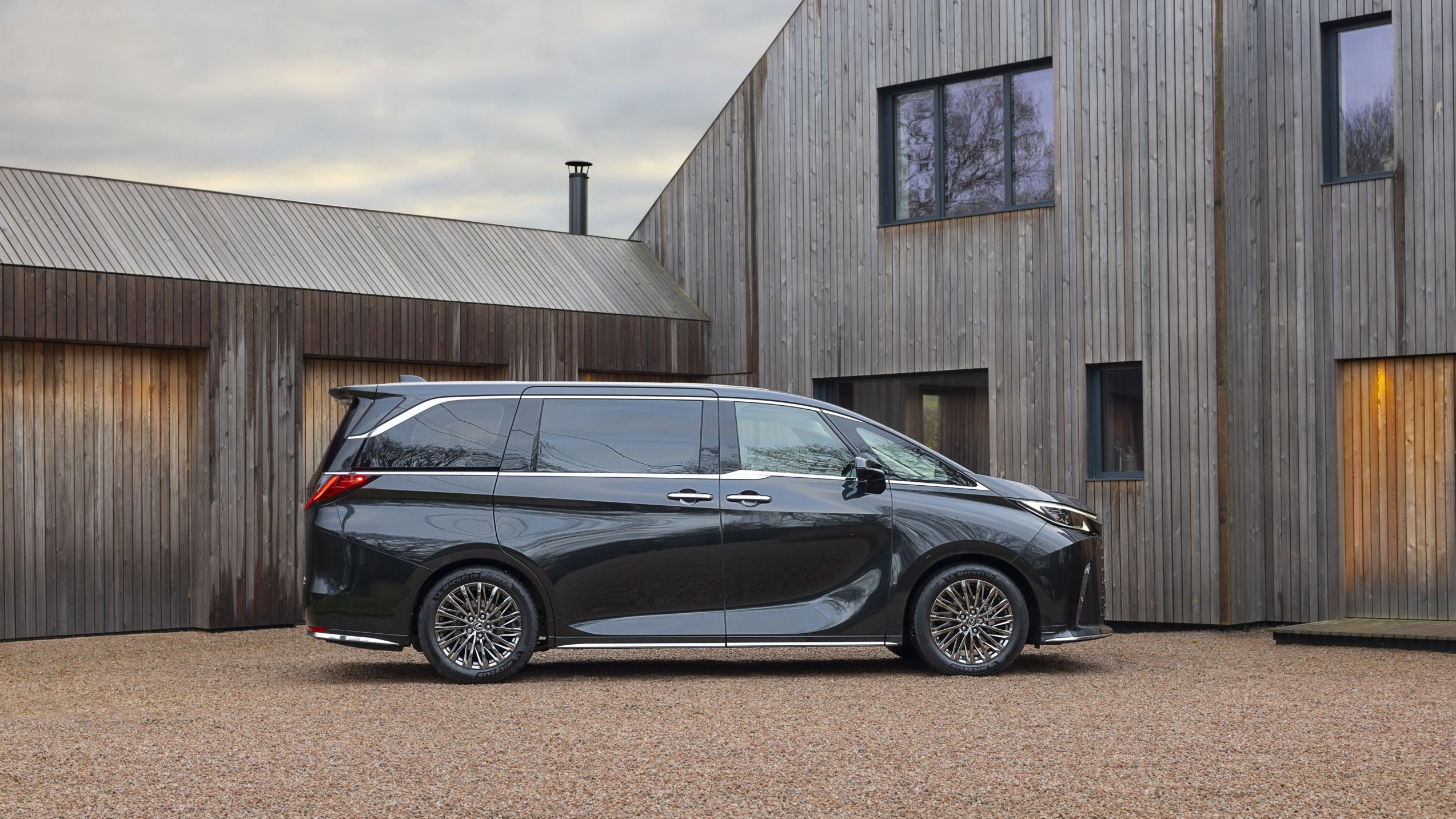 Lexus LM wants you to have the back-seat ride of your life
Lexus LM wants you to have the back-seat ride of your lifeThe back of the Lexus LM has the space, grace and accoutrements to rival a Rolls-Royce. Can this upscale minivan reinvent the luxury car?
-
 ICON transforms the humble Chevrolet Suburban into a minimalist monster
ICON transforms the humble Chevrolet Suburban into a minimalist monsterThe 1970 Reformer by ICON is low-riding reinterpretation of an old-school crossover, blending extreme custom performance with Miesian minimalism